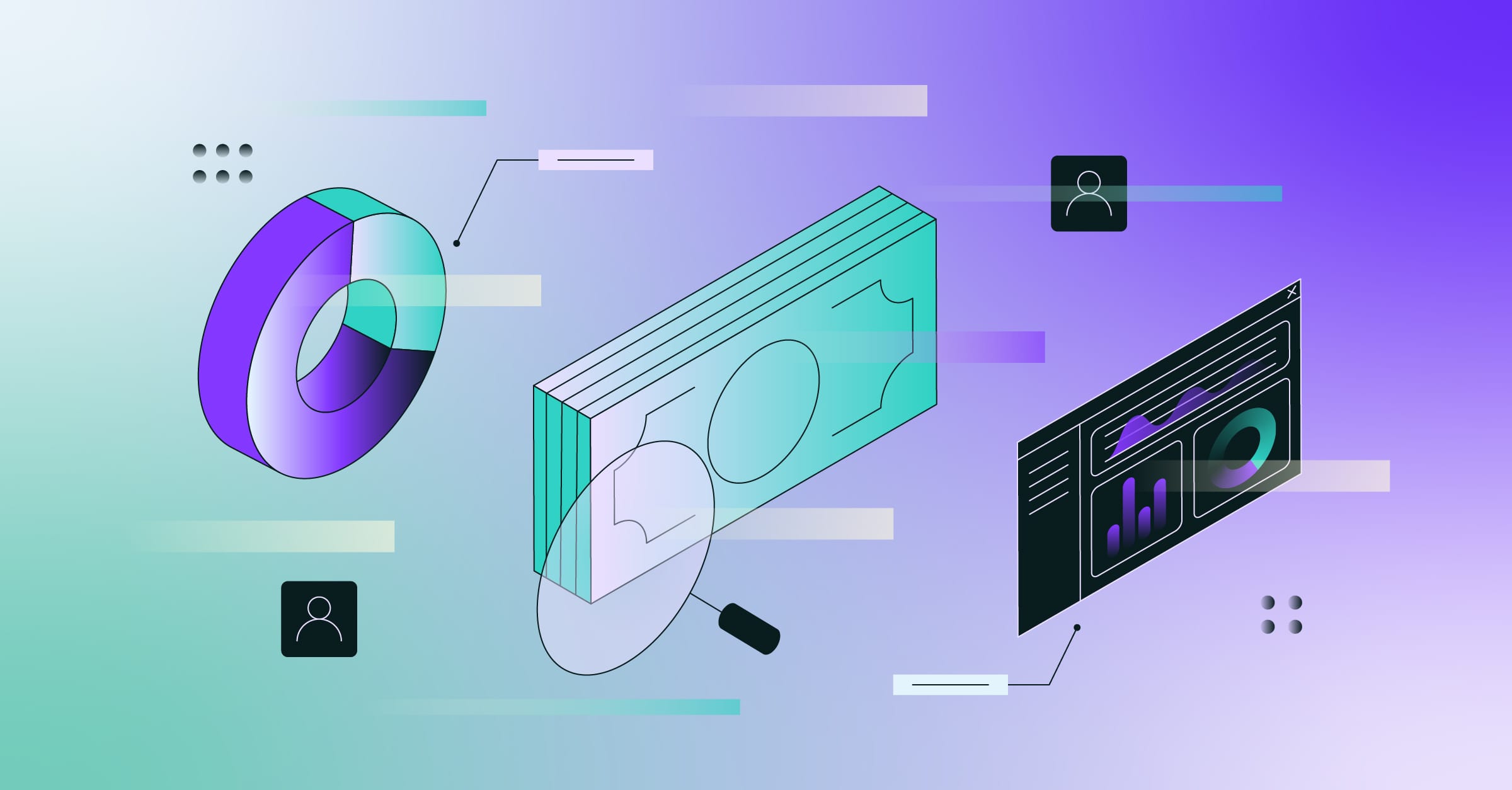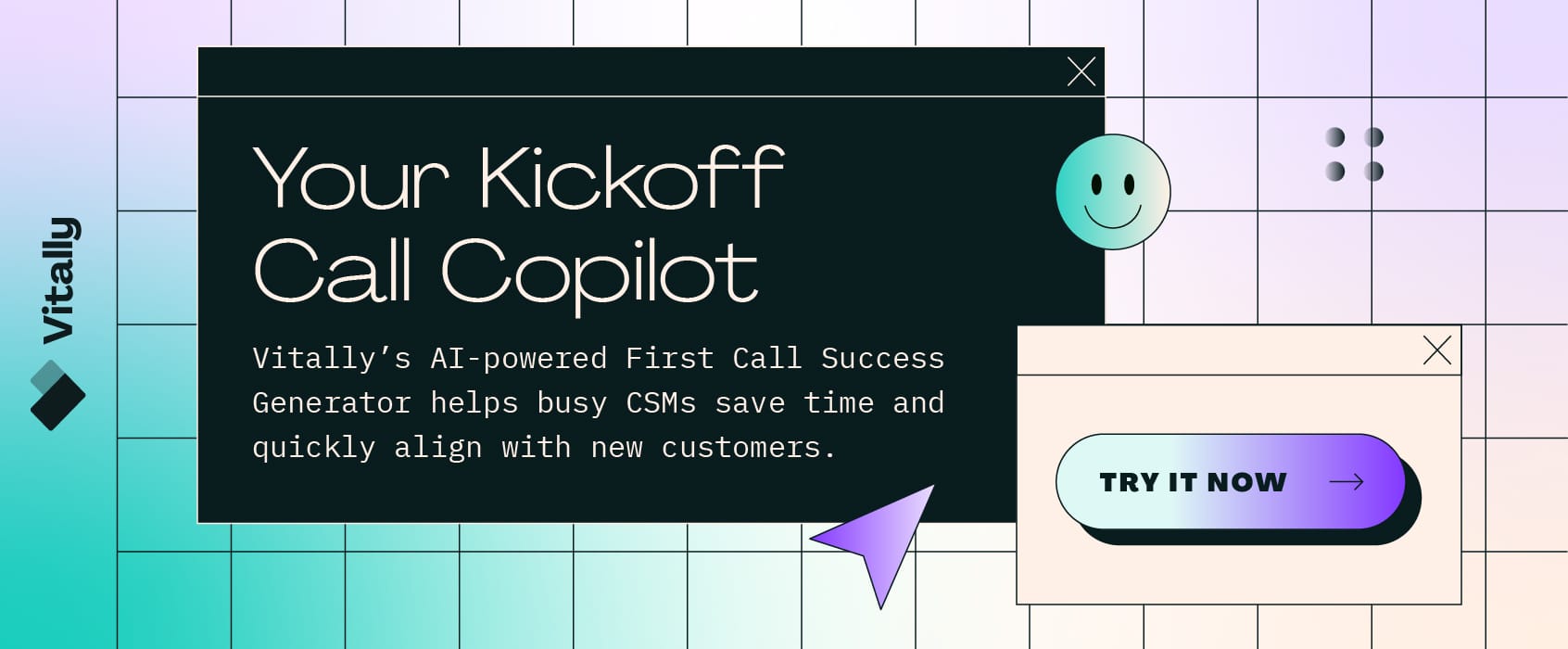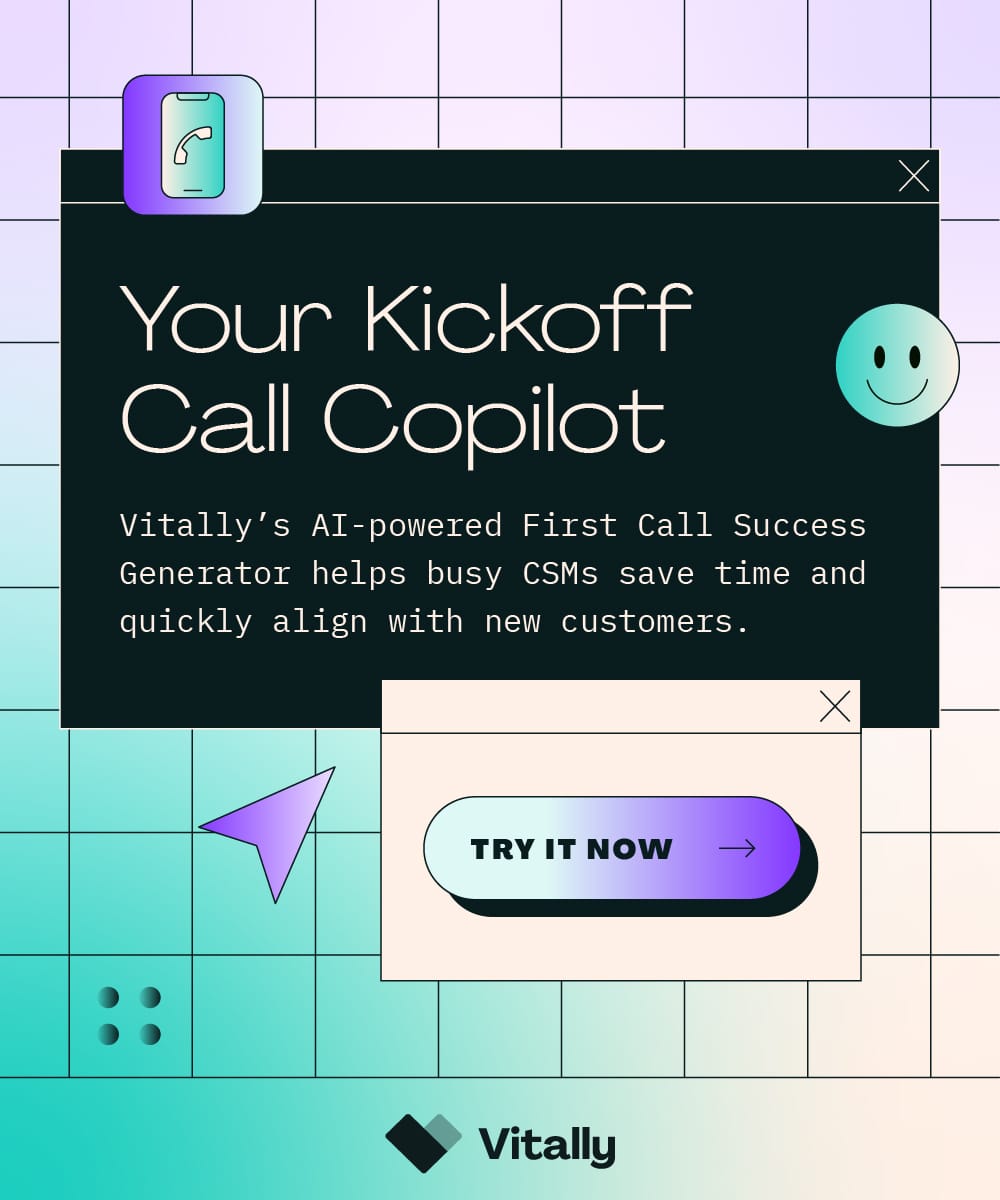
Wouldn’t it be great if every customer that stopped using your product pointed to the exact thing that made them leave?
That way, if several customers left for the same reason, you could see the trend and fix the problem.
Unfortunately, that’s rarely the case. But every churned customer does leave clues about why they left—even if they don’t say it outright. Churn analysis is how you uncover those clues and spot the trends.
As your user base grows, trends from some of your customers become masked in the overall analysis. For example, if customers in the medical industry churn more often during onboarding, you won’t know that if you analyze all customers the same way.
The solution is to break customers into groups with similar characteristics (a.k.a segmentation). Then, analyze why those groups tend to churn. Armed with that knowledge, you can keep similar customers from leaving.
There are endless ways to group your customers. The three detailed in this post will help you:
- Find hidden revenue leaks
- Test changes in your customer journey
- Learn which customer behaviors lead to renewal or churn
Let’s look at what churn analysis is and then review three ways you can improve it with customer segmentation.
What Is Churn Analysis?
Churn analysis (n.)
An evaluation of the churn rate at different points in the customer journey. Also, a post-mortem review that answers the question, “why are my customers leaving?”
Once you know where most customers churn, you can take action to fix the leak.
Here’s a hypothetical example: You work at Slack and you’re concerned about the churn rate during your onboarding process. That process has four steps:
- Logging in
- Creating an account
- Joining one channel
- Writing one message

Instantly, you can see that the churn rate at the third step, joining one channel, is much higher than it is at the other steps. What’s going on? Maybe people are intimidated about joining a channel. Or it’s not intuitive that you have to join a channel to have a group chat. Either way, you now know where the problem area is, and you can begin to address it.
But what if the churn is only happening in a subset of our customers? A churn analysis that lumps all your customers together might not surface those high-risk areas. That means you'll continue to leak revenue.
The solution? Segmented churn analysis
Three Ways to Improve Your Churn Analysis Using Customer Segmentation
Segmentation (n.)
Grouping customers together by a common trait, like the date they signed up or the market they serve
There are lots of ways you can segment your customers. The following three are most useful for churn analysis.
Segment by Revenue to Find Hidden Profit Leaks
Revenue segment (n.)
A group of customers who provide similar MRR (monthly recurring revenue) for your company
Segmenting your customers by MRR before you analyze churn will help you find hidden revenue leaks. Let’s use the Slack example from before to see how it works but fast forward several months.
First, we’ll run a churn analysis that includes all of our customers. Only this time, we don’t see a significant increase in customer churn at any one step.

But Slack has some customers that pay a lot for a higher tier. If those high MRR customers are churning, it'll cost a lot of revenue. So let’s run another churn analysis, only this time we separate those high and low MRR customers.

What happened? Our low-MRR customers outnumber our high-MRR customers 20-to-1 so we didn't see the higher churn rate in the first analysis. But it has a huge effect on our revenue because those customers spend a lot more money than their low-MRR counterparts.
Now that you know high-MRR customers are having trouble at step three of your onboarding process, you can do something to fix the leak. You could send an automated email to every high-MRR customer with instructions on how to join a channel. Or you could ping a CSM to reach out to those high-value customers once they’ve created an account.

Segment by Signup Date to Test Changes in the Customer Journey
Signup date segment (n.)
A group of customers who signed up to use your product on the same day
As you change your customer journey — like changing a step in your onboarding process — you’ll want to know how those changes affect churn. A churn analysis done by signup date segments will tell you.
In our last example, we saw a large percentage of customers churn at step three of the onboarding process. You're a savvy CSM so you started sending an automated email to new customers before they got to that step. Now, you want to know if it’s reducing churn at this high-risk stage.

Looks like your email did the trick. More of your customers are sticking around past the third step.
Now that you've seen how an educational email reduced churn in that particular stage of onboarding, you can optimize other onboarding stages. Even better: automate those emails to keep the burden on your CSMs to a minimum.
Are you sending relevant emails?
See how Vitally enables your CSMs to send customer emails that are personalized and meaningful
Segment by Behavior to Identify Customer Actions That Reduce or Increase Churn
Behavior segment (n.)
A group of customers that have all taken the same action, like hitting a button in your app or enabling an integration
Analyzing churn by behavioral segment will tell you which customer actions lead to lower churn.
For example, you suspect that when a customer enables an integration, they’re more likely to keep using your product. But is that true?
Let’s see what happens when we group customers by those who enabled an integration in the first 30 days and those who didn’t.

From this, we can see that, If a customer enables an integration in the first 30 days, they’re 30% more likely to stick around. The message is clear — you should probably trigger an alert when a new customer doesn’t enable an integration early on.
Tip: When analyzing by behavior, also analyze customers who “disabled” an integration since that’s a potential churn signal. Get four other common churn prediction mistakes >>
This simple example only reviewed one behavior: enabling an integration. But behavioral churn analysis can be as comprehensive and complex as you’d like. The key is identifying which customer actions are more likely to be followed by customer churn or renewal. Then you can help customers take, or avoid, those actions.
The Benefits of Segmentation Go Far Beyond Churn Analysis
The customer segments you created for your churn analysis are also useful for creating tailored communications and learning more about your users. For example, segmentation can help you.
- Improve the open rates of your emails by personalizing them to customers in different verticals
- Learn which customer types are more profitable over time (this can help you create an ideal customer profile)
- Send product updates to the right customers
As your products become more complex and your user base grows, segmentation is how you’ll scale more meaningful relationships with each of your customers.









